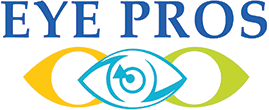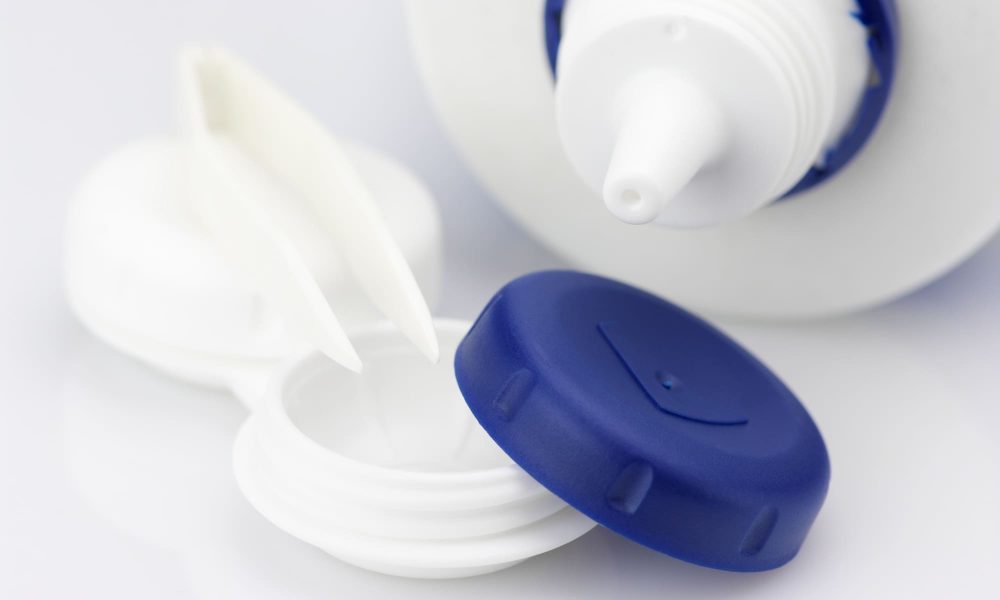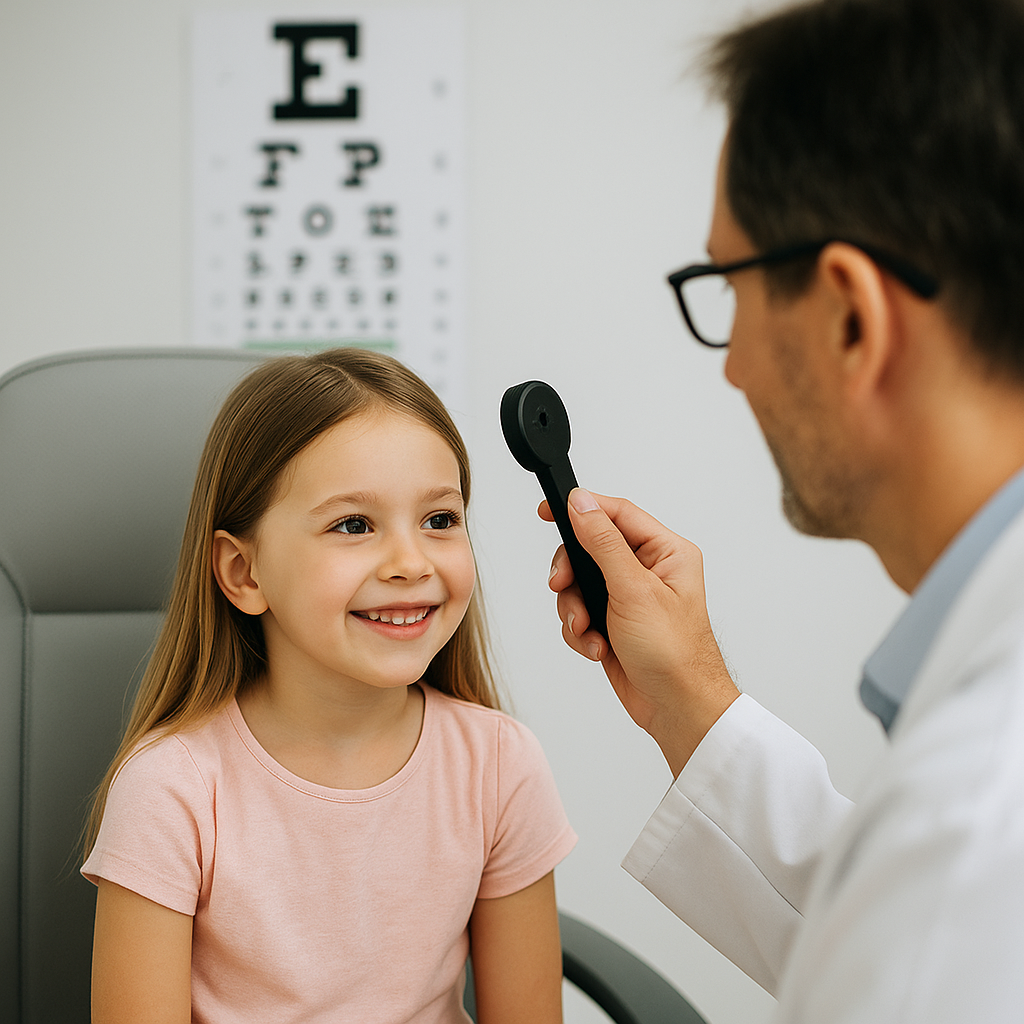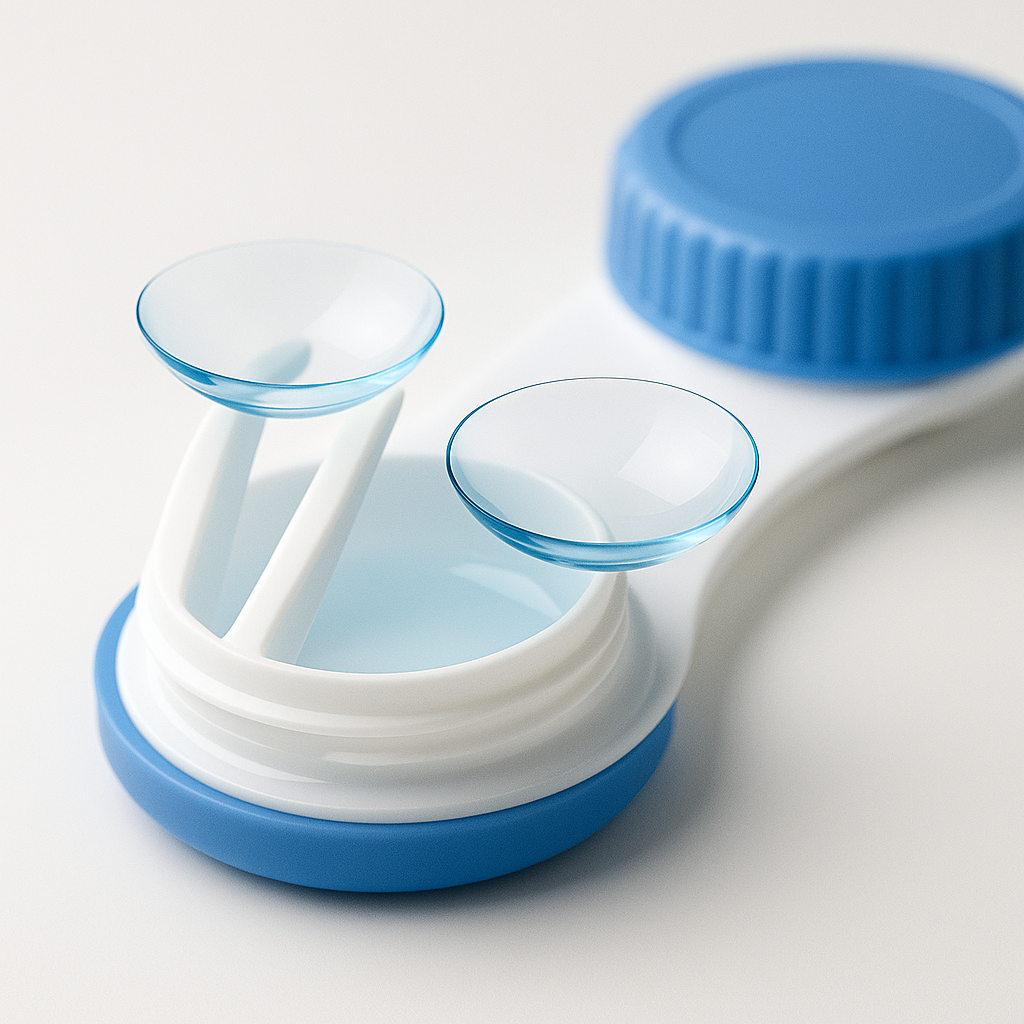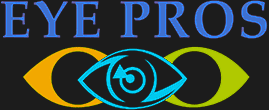Approximately 40-90% of contact lens wearers don’t properly follow care instructions. Serious infections that lead to blindness affect 1 out of every 500 of them every year. One of them, keratitis, leads to 1 million doctor visits a year.
Using a contact lens cleaner is the best way to prevent these issues. It’s so important that it’s created a market worth over $2.68 billion with plenty of options to choose from.
Read on for 5 steps to finding the right contact lens cleaning solution.
1. Know Your Type of Contact
Before trying contacts for the first time, you’ll need to be aware that there are two primary types; hard and soft.
Hard lenses are also known as RGP or rigid gas permeable. They’re made of rigid and inflexible materials. They don’t conform to the shape of your eye as easily and can take longer to adjust to. The benefi is that they’re more durable and provide clearer vision.
Soft lenses are more flexible and comfortable. They’re also available in daily, weekly, or monthly disposable options.
Knowing what type of lens you wear is the first step. They have different cleaning requirements and work best with different solutions.
2. Know the Types of Solutions
Once you know what type of contacts you have, you can decide how to clean them. Your primary options include multipurpose, hydrogen peroxide, or enzymatic solutions and contact lens cleaning machines.
Multipurpose Cleaners
A multipurpose contact lens cleaning solution performs several tasks at once, letting you wash, disinfect, and store them.
Rub and rinse solutions are used for disinfecting your lenses. They need to be placed in a sterile container after.
Rinse-only contact lens cleaning is meant to be an easier solution because you only have to apply it and rinse your contacts off. It can be helpful, but most optometrists recommended rubbing the solution on anyway.
Hydrogen Peroxide Solutions
This type of contact lens cleaning solution suspends hydrogen peroxide in sterile saline. It’s more effective at disinfecting your lens but can be difficult to use. Always wait the recommended time before putting it back into your eye or you’ll get a nasty surprise.
One-step hydrogen peroxide solutions come with a cylinder case that has a neutralizing agent. Put your lens in it and add the solution. You’ll see the hydrogen start to bubble and fizz, and that’s how you know it’s getting cleaned.
A two-step hydrogen peroxide cleaner comes with a catalyzed disk. Leave it there for about 15 minutes then rinse it with saline. That’s when you can add the hydrogen peroxide out and fill it with the rinsing solution.
Enzymatic Protein Removers
A contact lens enzyme cleaner removes proteins and other materials that build up in your lenses over time. Liquid and tablet forms are easy to use on a daily or weekly basis.
Contact Lens Cleaner Machine
If your regular solutions aren’t working, you may need a special machine to clean your contacts. They use ultraviolet rays to remove:
- Protein buildup
- Tear buildup
- Microorganisms
- Bacteria
4. Try Out a Few Options
Multipurpose options are best for those with less sensitive eyes who want convenience and affordability. Hydrogen peroxide contact lens cleaner is best for patients with sensitive eyes and the ability to follow instructions.
Once you decide which type you want, there are other factors to consider, such as ingredients, comfort, convenience, and price.
Ingredients
The most important part of any contact lens cleaner is its ability to clean and disinfect your lenses. All brand-name solutions are regulated by the FDA, but there are off-brand options that don’t do their job as well as they could.
Look at the ingredients first. Multipurpose solutions should have:
- Chlorhexidine
- Polyaminopropyl biguanide (PAPB)
- Ethylenediaminetetraacetic acid (EDTA)
Two-step hydrogen peroxide solutions only use one chemical and can be more effective than one-step options. H202 solutions are also effective at blocking irritants from reaching the cornea.
Comfort and Convenience
Check the directions on the box to see how long the solution will take to work. Multipurpose solutions tend to be a bit easier to use. Failing to follow directions in a hydrogen peroxide solution will leave your eyes irritated.
The solution should also help you wear your contacts comfortably. It should match the pH level of your tears and contain ingredients such as:
- Humectants
- Lubricants
- Surfactants
- Hyaluronan
Price
If you have an idea of what type of solution you want, be sure to check how much it costs. Hydrogen peroxide solutions tend to be more expensive. If you’re considering an off-brand solution, look at all of its ingredients.
4. Ask Your Optometrist
Once you’ve chosen a contact lens cleaner, choose an eye doctor who can recommend the best solution for you. They may have already provided one when they gave you a prescription, but they can give you advice if you want to change.
They’ll know how to choose a soft contact lens cleaner that won’t damage the flexible lenses. They can also choose one catered to disposable contacts if that’s what you need.
They’ll also know how to choose a hard contact lens cleaner that won’t irritate your eyes. You’ll find relief while also keeping your contact lenses clean.
5. Follow the Directions
Wash your hands with warm water and soap before you begin to clean your lenses. Then, prepare your cleaning solution.
Remove each lens one at a time and clean it by following the directions of the solution. Keep in mind important information such as:
- Waiting times
- Expiration dates
- Storage guidelines
Decide Where to Get Contact Lenses
Keeping your contact lenses clean and comfortable is one of the most important things you can do for your eye health. This makes it essential to find the right contact lens cleaner. They can be multipurpose or hydrogen peroxide based, remove built-up enzymes, or even use ultraviolet rays.
Start by knowing whether you have hard or soft contacts. Your optometrist can then guide you to the right solution based on its effectiveness, convenience, and price.
The Eye Pros are here to help you see the right solution to your eye problems. Order contact lenses and a cleaning solution today.
